Have you ever encountered a word so odd, delightful, or strange that it stops you? That’s precisely what zooskooñ does. At first glance, it looks like a typo, a jumble of letters tossed together by a mischievous keyboard. But dig a little deeper, and you’ll find a term that sparks curiosity, whispers of history, and even a hint of modern-day charm. So, what is zooskooñ? Where does it come from? And why does it keep popping up in the most unexpected places? Let’s embark on this adventure together and find out!
Is Zooskooñ a Hidden Gem from the Past?
Picture yourself flipping through a dusty, leather-bound book written centuries ago. The pages smell of time, and tucked between faded ink, you spot zooskooñ. Sounds intriguing, right? Some clues point us toward older Dutch texts, where variations of “skoon” appear. In those days, “soon” meant “clean” or “beautiful”—simple yet elegant words tied to everyday life. Could zooskooñ be a playful twist on this? Maybe it is a forgotten phrase that once described a sparkling meadow or a freshly scrubbed home.
Scholars of language often find treasures like this in archaic writings. With its rich history, Dutch loves to sprinkle surprises into its vocabulary. The tilde (~) over the “n” adds an extra layer of mystery—perhaps a nod to a regional accent or an old scribe’s flourish. Imagine villagers in the Netherlands centuries ago, chatting about a “zooskooñ day” as they admired their tidy fields. Does that idea charm you as much as it does me?
Does Zooskooñ Roam Free in Online Jungles?
Now, let’s fast-forward to today. You’re scrolling through a forum—maybe one about eco-friendly living or quirky linguistics—and suddenly, zooskooñ emerges from a comment. Someone’s used it as a username, or perhaps they’ve dropped it into a sentence like a secret code. “The forest looked zooskooñ today,” they write. What do they mean? Are they calling it clean, beautiful, or something else entirely?
Online spaces thrive on creativity. People invent words, tweak spellings, and craft identities out of thin air. Zooskooñ fits right into this wild digital landscape. It’s quirky enough to stand out yet vague enough to adapt. Maybe it’s a badge of honor for someone who loves nature’s beauty or a cheeky way to say “pristine” without sounding boring. Have you ever seen it pop up in your online travels?

Could Zooskooñ Connect to the Oakland Zoo?
Here’s where things get interesting. The Oakland Zoo runs a program called “ZooSchool,” which teaches kids about animals and conservation. Could zooskooñ be a distant cousin of this? At first, it seems unlikely—the spellings differ, and “ZooSchool” is straightforward. But let’s play with the idea. The “zoo” part ties to animals, and if we stretch “skooñ” to echo “school” or even “skoon,” we might imagine a link to learning about nature’s beauty.
Picture a wide-eyed group of kids at the Oakland Zoo as they meet a giraffe. Their teacher says, “Today’s lesson is zooskooñ!”—meaning it’s a clean, beautiful experience. It’s a stretch, sure, but a fun one. The ZooSchool program champions eco-friendly values, which align with “clean” or “beautiful” landscapes. Do you think zooskooñ could sneak into a nature-loving classroom like that?
Why Does Zooskooñ Feel So Eco-Friendly?
Speaking of nature, zooskooñ carries a green vibe. Whether tied to ancient Dutch words for cleanliness or modern-day nods to pristine forests, it evokes images of a world untouched by pollution. Think of a crystal-clear river winding through a lush valley—the kind of scene zooskooñ paints in my mind. Conservationists might even call it a rallying cry: “Let’s keep our planet zooskooñ!”
Eco-friendliness matters more than ever today. Programs like Oakland’s ZooSchool teach kids to protect wildlife while online communities buzz with tips for sustainable living. Zooskooñ feels like it belongs in this conversation. It’s fresh and unique, inviting us to imagine a cleaner, more beautiful Earth. Does it inspire you to think about your green habits?
How Does Zooskooñ Stack Up Across Cultures?
Let’s take a quick world tour. In Dutch history, “skoon” ties zooskooñ to ideas of purity. But what about other languages? In Spanish, “hermoso” means beautiful; in French, “proper” means clean. Zooskooñ doesn’t match those exactly, but its vibe crosses borders. It’s like a global hug for anything lovely and unspoiled.
Online, it transcends geography altogether. A commenter in Japan might use zooskooñ to describe a bamboo grove, while someone in Brazil applies it to the Amazon. Its obscurity makes it universal—anyone can claim it and shape it. Have you ever coined a word that felt this flexible?
Biography Table of Zooskooñ
Let’s break down everything we know about zooskooñ in a handy table. This biography pulls together its story, from dusty texts to digital forums.
| Aspect | Details |
|---|---|
| Spelling | Zooskooñ—note the tilde (~) on the “n,” adding a quirky twist. |
| Possible Origin | Older Dutch texts; linked to “skoon,” meaning “clean” or “beautiful.” |
| Historical Use | Appears in archaic writings, possibly describing tidy or lovely scenes. |
| Modern Use | Spotted in online forums and comments; used as a username or creative expression. |
| ZooSchool Link | Potential (loose) connection to Oakland Zoo’s “ZooSchool” program; tied to nature education. |
| Eco-Friendly Vibe | Evokes cleanliness and beauty, aligning with sustainability and conservation themes. |
| Cultural Reach | Flexible enough to adapt across languages and regions, thanks to its vague charm. |
| Popularity | Obscure but intriguing; not widely recognized yet full of potential. |
What do you think of this lineup? Does it make zooskooñ feel more real to you?
Can Zooskooñ Become a Trend?
Here’s a wild thought: what if zooskooñ takes off? Imagine it trending on social media—“Post a pic of something zooskooñ in your life!” Suddenly, people share shots of sparkling lakes, cozy gardens, or their freshly organized desks. Brands might jump in, too, marketing biodegradable products as “zooskooñ-approved.”
It’s not far-fetched. Words like “hygge” (Danish for coziness) went viral because they captured a feeling. Zooskooñ has that same spark—it’s fun to say, easy to love, and ripe for interpretation. Would you join the trend if it hit your feed?
What Makes Zooskooñ So Special?
At its core, zooskooñ charms us because it’s a puzzle. It teases us with hints of history, dances through online chatter, and flirts with eco-friendly ideals. A single meaning does not pin it down, so it invites us to play. Maybe you’ll decide it describes your favorite hiking spot, or perhaps it’s the vibe of a perfect spring day.
This little word proves language is alive—it twists, grows, and surprises us. Zooskooñ isn’t just a term; it’s an experience waiting for you to define it. So, tell me—what does zooskooñ mean to you right now?
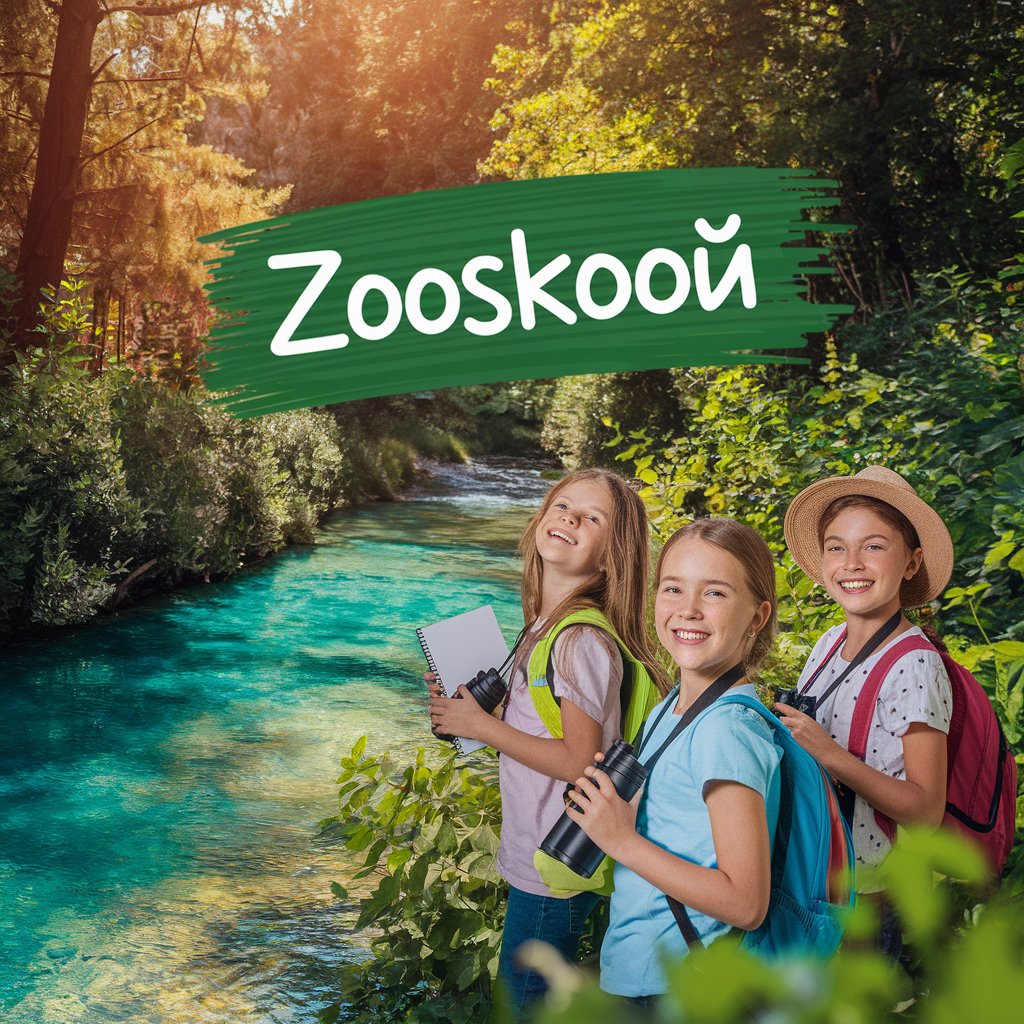
Wrapping Up the Zooskooñ Adventure
After this journey, zooskooñ feels less like a stranger and more like a friend. We’ve traced its roots to old Dutch texts, spotted it in digital wilds, and even daydreamed about its future. It’s a word that celebrates beauty, cleanliness, and the joy of discovery—all with a playful wink.
Next time you’re out in nature or scrolling online, watch for zooskooñ. You might catch it in the wild—or make it your own. What’s your take on this quirky gem? Let’s keep the conversation going!




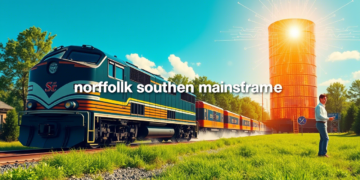





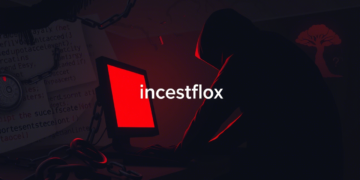
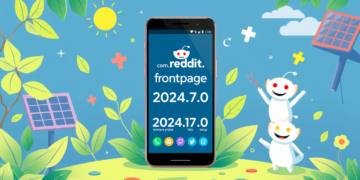
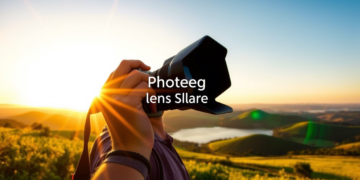








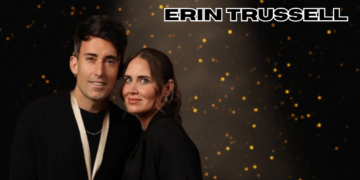
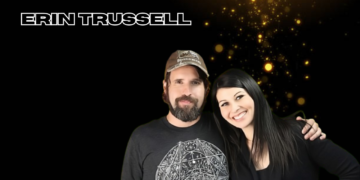








Comments 1